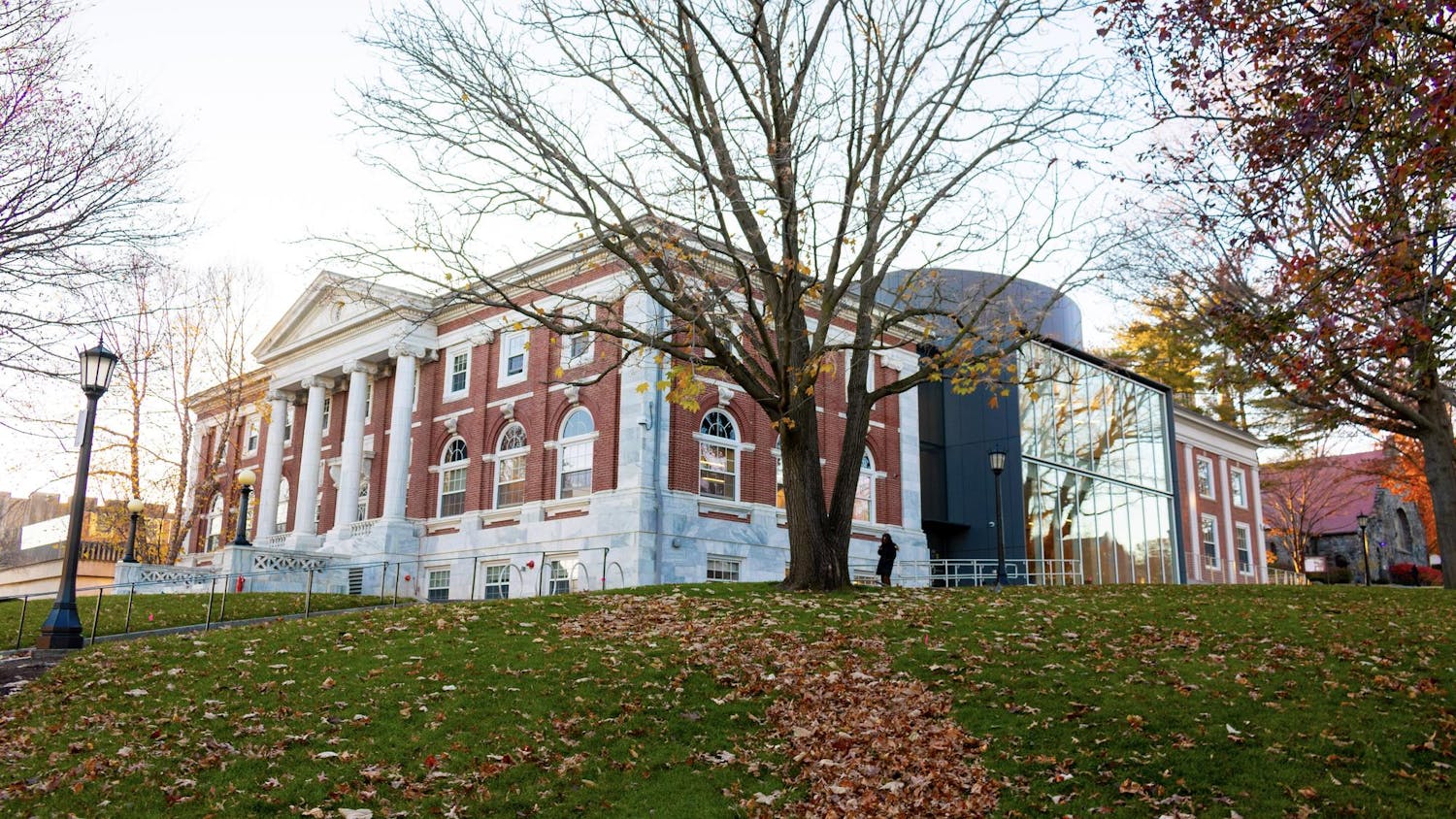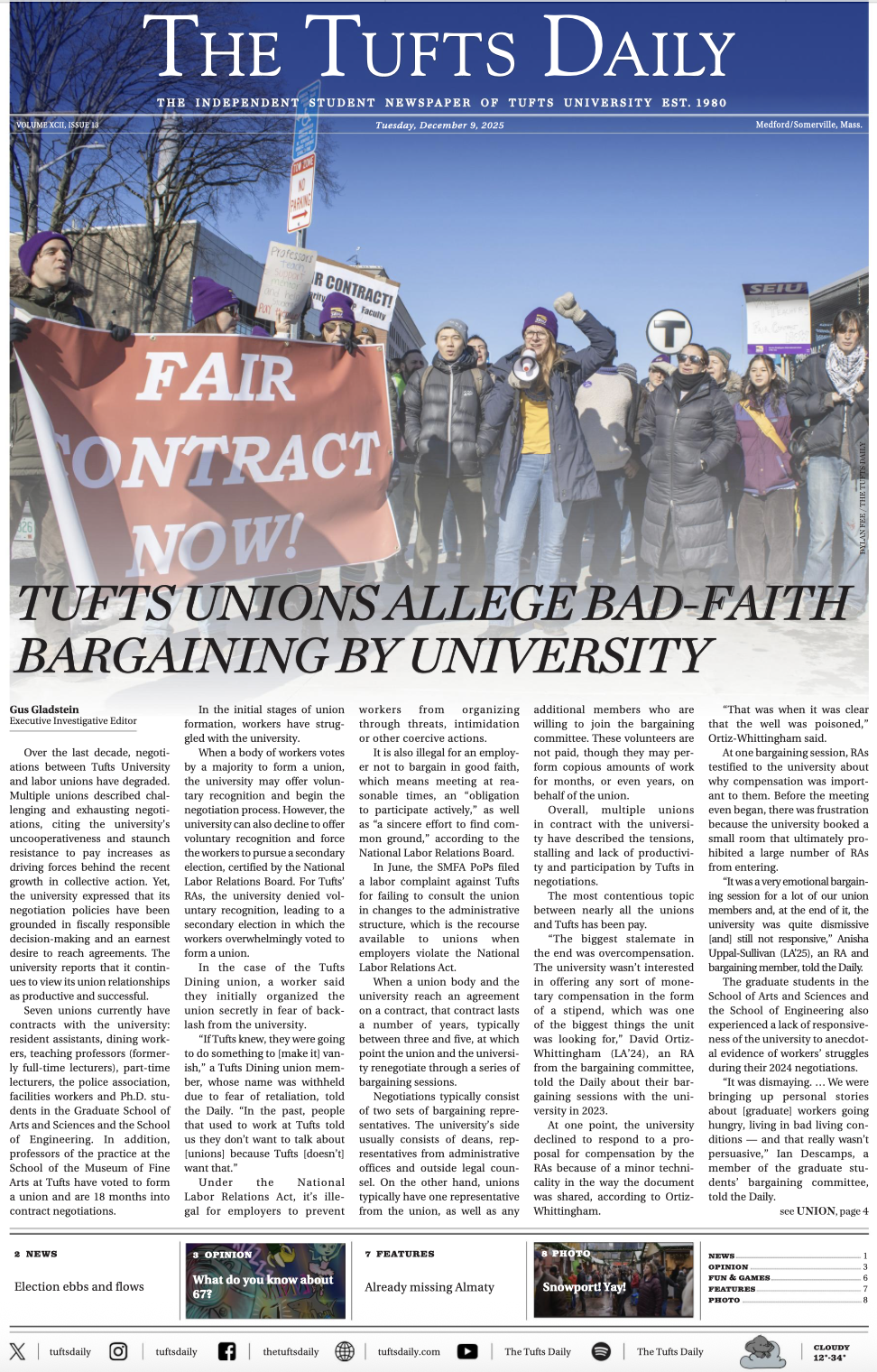Having previously written two articles detailing the renewed strife in the eastern Congo, I have admittedly not been too forthcoming with my own opinions on how to confront the issue. My primary reason for this is that I do not think I have the expertise to offer any serious prescriptions, but I now believe that this shouldn’t stop me from at least trying.
I recently had the pleasure of speaking with Tufts alumnus Sibi Nyaoga, currently a program assistant at the Atlantic Council’s Africa Center. He provided a far more informed perspective on the situation in the eastern Congo — the epicenter of the conflict mineral trade and current bloodshed.
He pointed to a number of culprits responsible for the current suffering of the Congolese people and helped me better understand the overall power dynamics fueling their mass exploitation. Our conversation ranged from Rwanda and the armed groups directly involved in the procurement of conflict minerals, to the various entities which have sought to take advantage of the Congo in their time of profound weakness.
So, let’s attack this head on.
The problem with the current predicament in the Congo is the fact that many of those involved in the conflict benefit far more from a continuation of the current bloodshed as opposed to peaceful reconciliation. Rwanda and various armed groups such as the M23 movement are the obvious beneficiaries of the status-quo, but the FARDC, or the Congolese military, also benefits greatly from this chaos.
A lack of direct government control over the mining operations in the eastern Congo has been pointed to as one of the primary impediments to any possible peace process. As long as many of the mines in the Kivu region are controlled by nefarious actors, peace in the region will have to compete with the many personal and group interests that spur on the conflict. A report by the U.S. Government Accountability Office proclaimed that after the Securities and Exchange Commission levied its conflict mineral disclosure rule — causing the industrialization of many artisanal and small-scale mines — there was a notable improvement in security around these sites. Still, a 2023 report from the International Peace Information Service found that 55% of AS gold mines and 35% of AS 3T mines — those extracting tin, tungsten and tantalum — nevertheless experienced interference from armed groups and the FARDC.
Two major peace initiatives have now joined together to form the Nairobi-Luanda Peace Process — undertakings which, on their own, did little to actually temper the fighting up to this point. This merged initiative should seek to accomplish two things. First, it should seek to launch a renewed peacekeeping effort to bolster Congolese military strength, acting as a crutch that the Congo can rely on when needed. Second, they should work to mediate between Rwanda and the Congo by convincing them to divert their attention towards possible common enemies, such as the Democratic Forces for the Liberation of Rwanda, a group the Congo has recently been accused of aiding, but which was also previously the target of a 2009 joint campaign by the FARDC, Rwandan Army and MONUSCO.
Regardless of any peace processes, the FARDC must seek a significant reorganization of its fighting forces. Comprised of many integrated armed groups and built on a system of ingrained corruption, the FARDC will never be a competent force or reliable security apparatus in its current form.
While foreign entities such as the United States and European Union should be pushed to punish the corporations in the conflict mineral supply chain, they should be kept as far away from Congolese soil as possible. This is not a call for the Congo to cut off any potential allies and business partners, but rather a firm belief that these foreign entities should not be allowed to set their own terms for any peace process.
The crux of the issue with foreign involvement in the Congo is that foreign intervention is usually predicated on the pursuit of Congolese mineral wealth. This is why the Congo must figure out ways to retain its own mineral wealth, which could involve an expansion of the Congolese manufacturing industry. This could also mean placing various tariffs or other monetary controls on the final products obtained from such craft, as this would promote the further expansion of such industry within the Congo, especially since many critical resources can be obtained domestically.
A prosperous future for the Congo could mean many things, but it must first and foremost mean a future where the government in Kinshasa is steering the ship. It must also mean a future without foreign meddling and exploitation where the Congo can deal with these entities on an equal footing. Whatever peace means, it must be put into motion with expediency as the Congolese people have been forced to endure unimaginable hardship for far too long.






